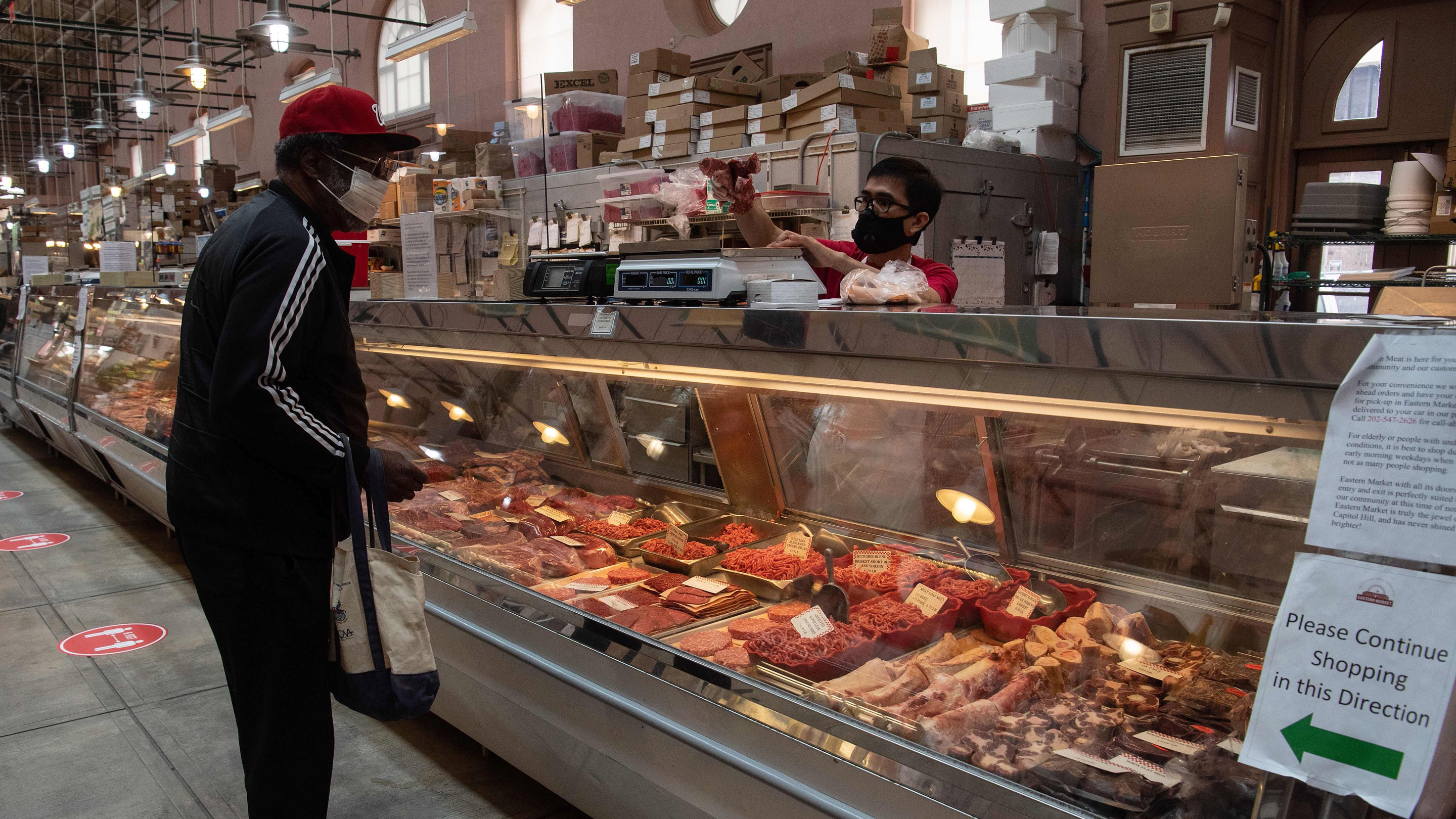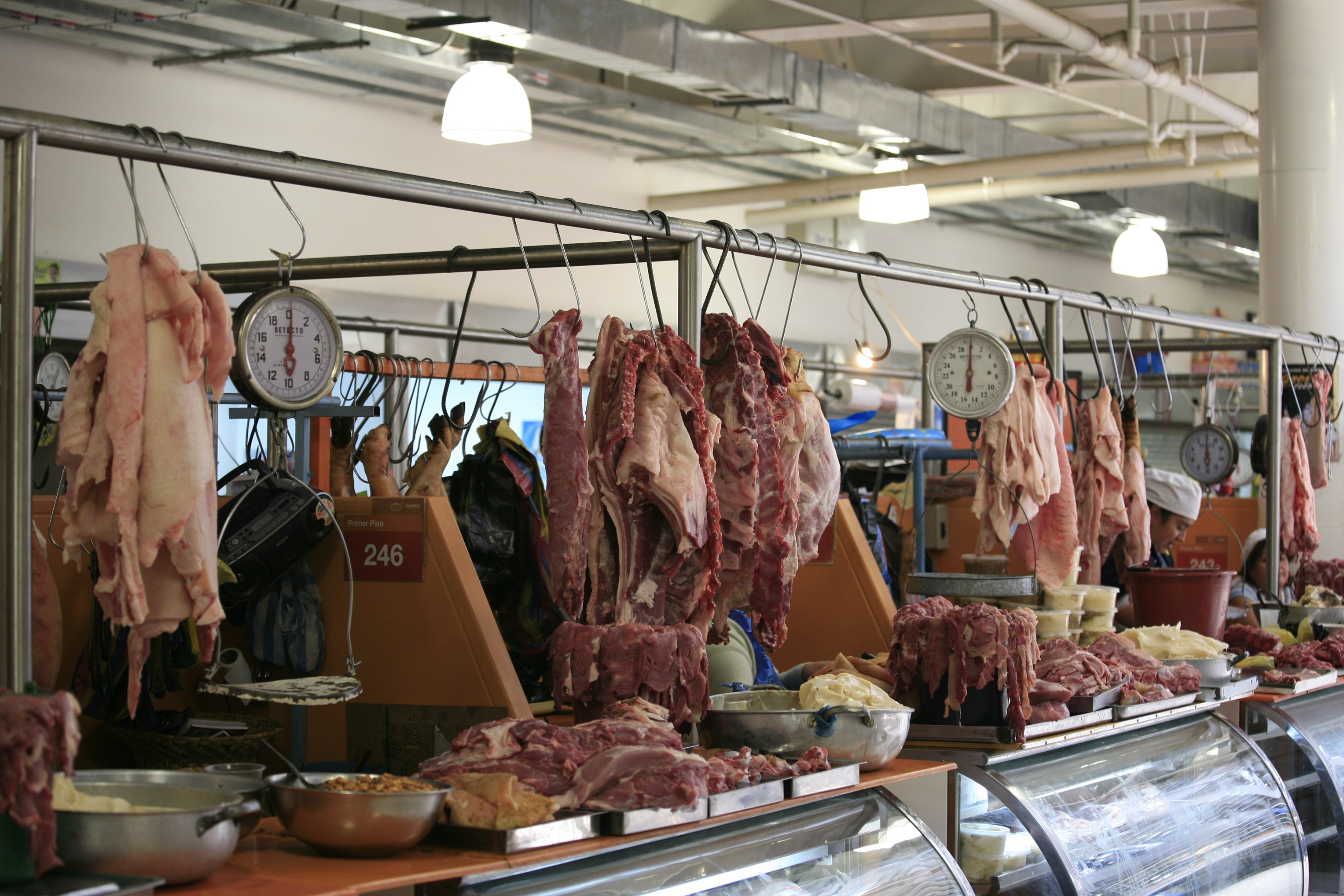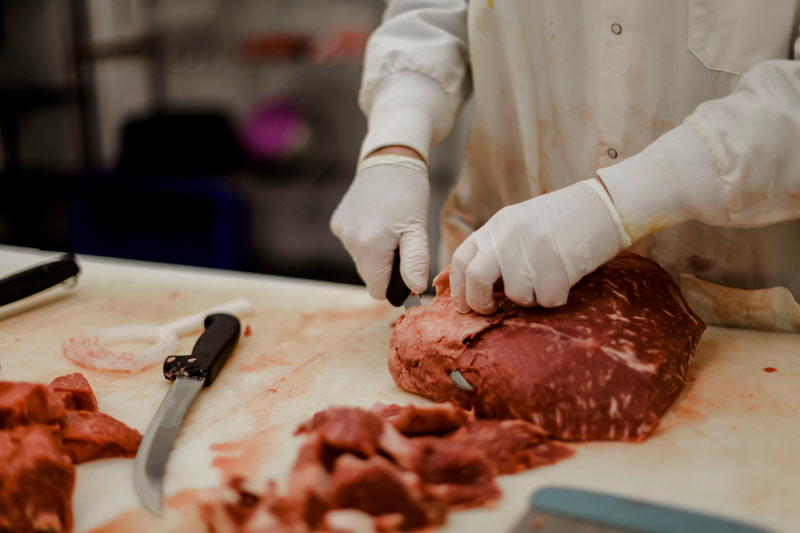Discover Fresh Cuts at Bagley Farms Meat Market Edwardsville IL for Your Next barbeque
Discover Fresh Cuts at Bagley Farms Meat Market Edwardsville IL for Your Next barbeque
Blog Article
Uncover the Art of the Butcher's Cut in a Modern Meat Market
In the ever-evolving landscape of modern meat markets, the butcher's cut has actually transcended its conventional origins, merging old-time craftsmanship with contemporary practices. What absolutely sets the modern-day butcher apart is their capacity to forge a deeper link between consumers and the beginnings of their meat.
Evolution of Butchery Techniques

The mid-20th century saw butchery methods additionally fine-tuned by scientific understandings into muscle mass biology and meat aging, boosting both inflammation and taste. Innovations like vacuum packaging and refrigeration prolonged item shelf-life, allowing butchers to diversify offerings and improve quality control. This period also noted the increase of specialized tools, such as band saws and meat slicers, which raised accuracy and effectiveness in meat handling.
The 21st century has introduced digital technology right into the butchery world. Computerized systems currently help in monitoring animal provenance and optimizing cuts to satisfy certain client choices. Furthermore, a resurgence in artisanal butchery has emerged, blending traditional skills with contemporary knowledge to deal with consumers looking for honest and sustainable meat alternatives. This development underscores a vibrant interaction in between custom and innovation, conference modern demands while preserving the craft's heritage.

Comprehending Meat Cuts

Understanding the complexities of meat cuts is crucial for both butchers and consumers looking for quality and worth. For butchers, accurate cuts reflect skill and respect for the craft, ensuring very little waste and ideal return.
The primary categories of meat cuts include primitive, sub-primal, and retail cuts. Primal cuts, such as the loin, rib, and chuck, are the big sections at first divided from the carcass. Butchers then damage these down better into sub-primal cuts, prior to lastly producing retail cuts available to consumers, like ribeye or tenderloin. Each phase requires careful attention to anatomical structure and muscle structure.
Comprehending muscle composition is important; muscular tissues used much more often by the pet tend to be tougher and are best suited for slow food preparation methods, while less-used muscles, like those found in the loin, are much more tender and perfect for cooking or roasting. Knowledge with these distinctions equips consumers to make informed choices, enhancing their culinary undertakings.
Picking High Quality Meat
Picking the appropriate meat entails greater than just selecting a visually attractive item from the display. The art of picking high quality meat requires a critical eye and knowledge of specific features that symbolize freshness and quality. Pay interest to the shade; beef should have a brilliant, cherry-red color, while lamb should exhibit a soft pink tone, and pork a light pink. This indicates the meat is fresh and hasn't been exposed to oxygen for also long.
Secondly, take into consideration the marbling, which refers to the white streaks of fat within the muscle mass. Appropriate marbling is a key sign of tenderness and flavor, as it thaws during cooking, boosting the meat's juiciness. Keep in mind, greater marbling often correlates with premium high quality cuts, such as USDA Prime.
Texture is an additional crucial factor; meat should really feel solid to the touch, not slimed or overly soft. Additionally, bear in mind the scent. Fresh meat should have a clean, neutral scent, devoid of any kind of sour or off-putting smells.
Coupling Cuts With Food Preparation Approaches
Successfully combining cuts of meat with the appropriate food preparation approaches is crucial for accomplishing optimal flavor and texture. These techniques enhance the meat's natural flavors and make sure a juicy finish.
Conversely, harder cuts like brisket and chuck roast are rich in collagen, which damages down right into jelly when cooked slowly. These cuts are excellent for straight from the source braising or slow-moving roasting, enabling the meat to soften in time and create deep, complex flavors. Cuts such as brief ribs and pork shoulder get on well with slow-cooking methods, where extended cooking you can look here times transform their robust structures right into succulent dishes.
Lamb shanks and oxtail, which call for prolonged food preparation to tenderize, are excellent prospects for cooking or slow simmering. These techniques coax out rich, passionate tastes while maintaining dampness. By recognizing the special features of each cut, cooks and home cooks alike can boost their culinary productions, guaranteeing each meal is both pleasing and remarkable.
The Butcher's Function Today
Browsing the advancing landscape of the modern meat market, the butcher's duty today extends beyond simple prep work of cuts. Contemporary butchers are cooking artisans, teachers, and supporters for sustainable techniques. They link the void between the farm and the fork by guaranteeing ethical sourcing, recognizing pet husbandry, and prioritizing openness in the supply chain. This shift mirrors the growing consumer need for high quality over amount, where provenance and animal welfare are extremely important.
Along with crafting exact cuts, butchers currently engage directly with customers, offering cooking suggestions and tailoring selections to match specific requirements and choices. Their competence in meat aging, marbling, and flavor profiles equips customers to make educated choices, boosting their cooking experiences. This tailored service exhibits the butcher's developing duty as a relied on expert in the kitchen area.
Furthermore, butchers are essential in minimizing waste, making use of entire animals to create varied items such as sausages and stocks - bagley farms meat market edwardsville il. This thorough approach not just respects the pet yet likewise lines up with contemporary sustainability objectives. By doing this, the modern butcher symbolizes both custom and advancement, adapting to an ever-changing market while preserving the creativity and stability of their craft

Final Thought
The contemporary butcher's craft elaborately weaves typical strategies with contemporary innovations, stressing lasting techniques and honest sourcing. Mastery in comprehending diverse meat cuts and high quality indications empowers butchers to provide educated suggestions, straightening specific cuts with optimum food preparation techniques. This expertise not just boosts cooking experiences however additionally reinforces the link between consumers and the origins of their food. By Learn More recognizing historic techniques while embracing contemporary demands, the butcher's duty remains important in today's innovative meat market.
Report this page